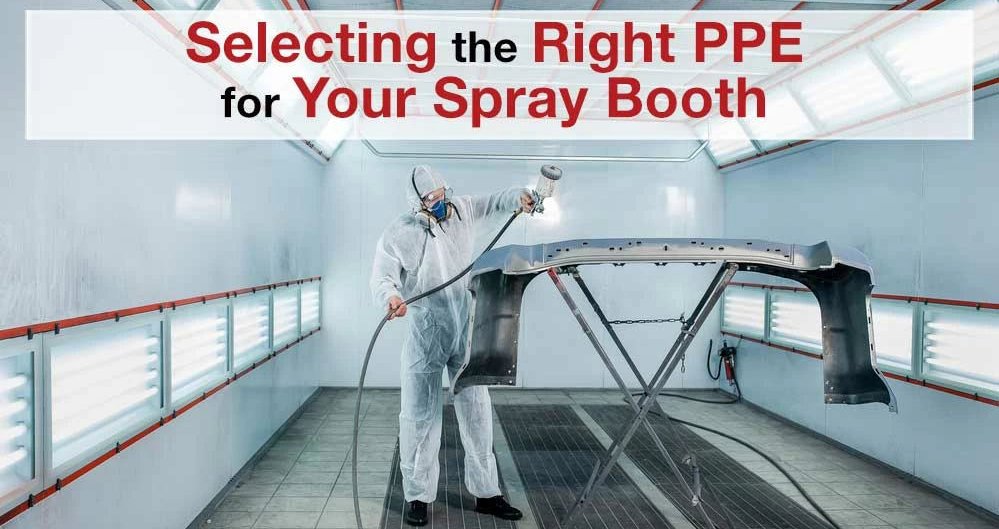When it comes to spray painting, choose the right PPE for spray painting should be your top priority. The safety hazards associated with spray painting are numerous, and failure to take appropriate measures can lead to serious health problems. In this article, we will discuss the different types of PPE needed for different parts of the body when spray painting.

Respirators
Spray painting produces tiny mist droplets that can be inhaled and are harmful to your health. As such, the use of respirators is essential. Respirators create an airtight seal around your nose and mouth to prevent inhalation of harmful substances. For spray painting, you should use a respirator with organic vapor cartridges because they filter out the harmful chemicals in spray paint.
Gloves
Gloves are critical for protecting your hands and fingers from exposure to the paint chemicals. When choosing gloves, select a pair made of nitrile or neoprene because they provide the best protection against chemicals. Additionally, be sure that the gloves have a good grip to prevent the spray gun from slipping when your hands become sweaty.
Protective clothing
Clothing is another essential part of PPE when spray painting. You should wear full-length clothing made of non-absorbent materials that fit snugly around your body. This type of chemical protective clothing protects your skin from chemical splashes and spray mist. Additionally, if you get paint on your clothes, you can easily remove the garment without getting paint on your skin.
Eye protection
Eye protection is a must as spray painting can result in long-term and serious eye damage. To protect your eyes, wear goggles made of polycarbonate. These types of goggles are shatterproof, lightweight, and have excellent visibility. Additionally, they protect your eyes from harmful UV rays and any objects that may enter your eyes.
Aprons
Aprons are a great way to add an extra layer of protection when spray painting. They protect your clothing and skin around your waist and chest area. They are essential, especially for those individuals who are working with spray paint in an overhead position. The chemical apron will prevent paint from landing on your body.
Hair protection
Your hair, when exposed, can easily catch paint and chemicals. When spray painting, be sure to cover your hair with a hood or a hat. Hair protection also includes beard and mustache covers for those with a facial hair that the paint can stick to.
Earplugs
Spray painting produces loud noises. When using airless sprayers, the noise can be especially intense. Wearing earplugs can help protect your ears from hearing damage.
Spray painting can be a dangerous activity that can cause long-term health problems if the appropriate PPE is not used. By wearing the appropriate PPE for spray painting, you can protect your health and safely enjoy the process of spray painting. Be sure to take the necessary preventative measures and always take care when handling chemicals or spraying paint. Happy painting!


